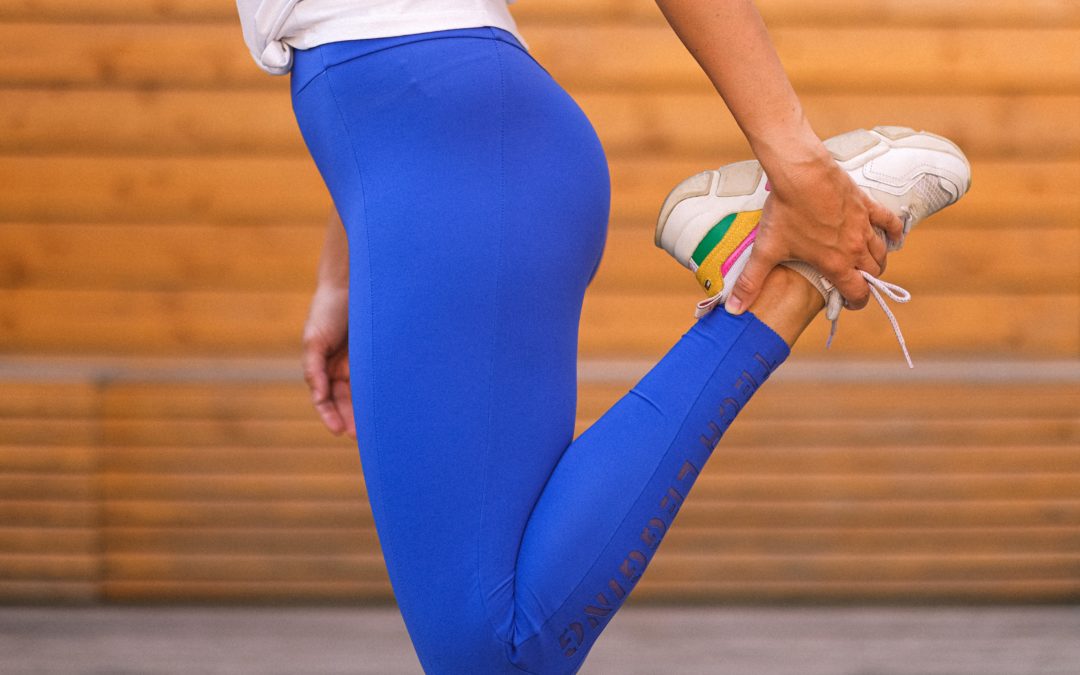A pulled hamstring can be tough for many sports enthusiasts. With a reputation for putting players on the bench, it’s worth learning how to improve pulled hamstring recovery time.
Causes of hamstring strains range from sudden changes in direction and speed to muscle fatigue. There are multiple steps you can take to minimise recovery time and get right back to your regular exercise program.
Recovering from a Hamstring Injury
Factors like muscle imbalance, poor flexibility, and an inadequate warm-up can all lead to an injury that limits your performance.
The first step to treating the strain and improving hamstring injury recovery time is to follow the P.E.A.C.E. and L.O.V.E. protocols (detailed further below). Once complete, visit a medical professional for evaluation. Also follow the HARM protocol – no heat, no alcohol, no activity, or no massage – to decrease swelling and pain.
Assessing Hamstring Injury Severity
One of the most effective means to decrease your recovery time is to (accurately) evaluate your hamstring strain’s severity. This should only be carried out after following each stage of the P.E.A.C.E first aid principles. After this, a medical professional can recommend ongoing treatment of muscle strengthening, specific personalised exercises and physiotherapy to help prevent a recurrence.
Overloading of muscle-tendon units through exercise can cause fibres to tear, resulting in different grades of muscle strain:
Grade 1
A mild grade 1 strain is when only a few fibres within the muscle are torn (partial muscle tear). This will result in tenderness and some pain, but no limitation to your strength or range of motion. A grade 1 strain can recover fully in around 3 days with proper treatment.
Grade 2
A moderate grade 2 muscle injury is notable by the swelling, acute pain and inability to move your leg as normal or apply the same strength in that area. A grade 2 strain can last from 1-4 weeks. Tailored physiotherapy treatment can be effective at reducing hamstring injury recovery time.
Grade 3
Severe hamstring injuries qualify as a grade 3 strain, where the muscle-tendon units are fully ruptured and complete functionality is lost causing intense pain. Torn hamstring recovery time for a grade 3 strain is often several months. Consistent physio appointments help strength return to full capacity.
P.E.A.C.E. and L.O.V.E. method for injuries
Popular as well-known methods for safely attending to soft tissue and muscle injuries, P.E.A.C.E. stands for:
- Protect – rest and restrict movement for 1-3 days to further damage
- Elevate – lift the limb above the heart to improve blood flow
- Avoid – skip anti-inflammatory medications; inflammation helps long-term tissue repair
- Compress – apply pressure using tape or bandages to limit swelling and bleeding
- Educate – learn an active approach to recovery, and prevent overtreatment
After the first few days, some L.O.V.E. is needed:
- Load – exercising without pain helps repair and build tissue
- Optimism – a positive mindset helps a better prognosis, without ‘fear barriers’ to recovery
- Vascularisation – regular cardiovascular activities help manage injuries, increasing blood flow and minimising the need for pain medication
- Exercise – rehabilitative exercise is key for healing and preventing pulled hamstring
Speed up recovery with dedicated physio treatment
Minor hamstring injuries can often be treated at home using the P.E.A.C.E. and L.O.V.E. methods to help the muscle and reduce swelling immediately. More serious injuries tend to require a longer recovery time, making it imperative to visit a professional physiotherapist for ongoing treatments and to prevent a recurrence.
With far-reaching expertise, friendly qualified physios and same-day appointments, Miami Physiotherapy can help with speedy hamstring injury recovery. Contact us today to book an appointment.


